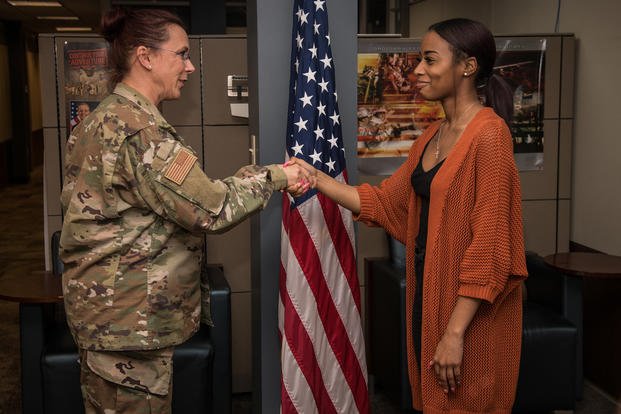The U.S. Armed Forces consist of six branches: the Army, Navy, Marine Corps, Air Force, Space Force, and Coast Guard.
The Army handles land-based operations, the Navy conducts naval missions, the Marine Corps specializes in amphibious warfare, the Air Force manages air and space operations, the Space Force protects U.S. interests in space, and the Coast Guard is responsible for maritime security and law enforcement. Together, they safeguard the nation's interests, with each branch having distinct roles and areas of expertise.
There are three general categories of military people: active duty (full-time soldiers and sailors), reserve & guard forces (usually work a civilian job but can be called to full-time military duty), and veterans and retirees (past members of the military). And of course, there are the millions of family members and friends of military members, past and present.
But you're here to learn more about the military. There is much to learn. So first the basics.
Who Is in Charge of the 6 Military Branches?
The president of the United States is the commander in chief, who is responsible for all final decisions. The secretary of the Department of Defense (DoD) has control over the military and each branch -- except the Coast Guard, which is under the Department of Homeland Security. With more than 2 million civilian and military employees, the DoD is the world's largest "company."
What Are the Branches of the Military?
Each branch of the military has a unique mission within the overall mission of U.S. security and peace. In addition to the six branches of the military, the Army and Air National Guards also serve their own special functions. Here's a rundown:
Air Force and Air Force Reserve
The nation's source of air and space power. The primary mission of the USAF is to fly planes, helicopters and satellites.
Air National Guard
The Air National Guard, as we know it today, is a separate reserve component of the United States Air Force.
Army and Army Reserve
The dominant land power. The Army generally moves into an area, secures it and instills order and values before it leaves. It also guards U.S. installations and properties throughout the world.
Army National Guard
The Army National Guard is an elite group of warriors who dedicate a portion of their time to serving their nation. Each state has its own Guard, as required by the Constitution; in fact, it is the only branch of the military whose existence actually is required by the Constitution.
Coast Guard and Coast Guard Reserve
The Coast Guard's mission is primarily with domestic waterways. The Coast Guard does rescues, law enforcement, drug prevention and clears waterways.
Marine Corps and Marine Corps Reserve
The Marine Corps is known as the country's rapid-reaction force. They are trained to fight by sea and land, and usually are the first "boots on the ground." Marines are known as the world's fiercest warriors.
Navy and Navy Reserve
The Navy accomplishes its missions primarily by sea but also by air and land. It secures and protects the oceans around the world to create peace and stability, making the seas safe for travel and trade.
Space Force
The newest branch of the military, the U.S. Space Force, was signed into law in December 2019. The Space Force currently does not have a reserve component. The sixth branch of the military, the Space Force is also still in development and will be for some time as many final decisions are made, including uniforms, basing and even recruitment.
Where Are These Military Men and Women Stationed?
The U.S. operates in more than 100 countries, including the United Kingdom, Germany, Italy, Bahrain, Brazil, South Korea, Australia, Afghanistan, Iraq and Japan.
Interested in Joining the Military?
We can put you in touch with recruiters from the different military branches. Learn about the benefits of serving your country, paying for school, military career paths, and more: sign up now and hear from a recruiter near you.













